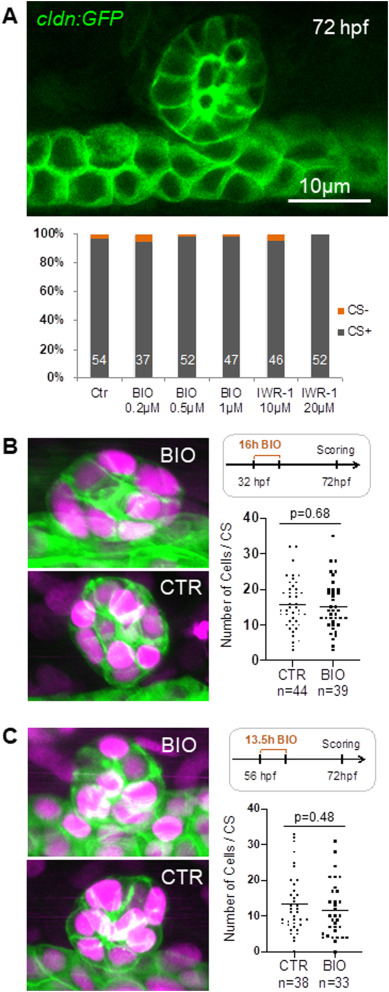Fig. 6 Wnt signaling does not affect CS formation.
(A) Zebrafish embryos were treated from 32 to 48 h post fertilization with the Wnt agonist BIO (0.2–1 μM) or the Wnt inhibitor IWR-1 (10–20 μM). The presence or absence of CS was scored at 48 hpf. Stimulation or inhibition of canonical Wnt signaling did not affect CS formation. Top panel shows normally developed CS at 72 hpf. Bottom panel shows the quantification of CS development. The numbers of analyzed embryos are shown inside the bars. Ctr – DMSO-treated control embryos. (B) To determine whether Wnt alters the number of cells within the CS, zebrafish embryos of the line Tg(-8.0cldnb:LY-EGFP), TgBAC(cxcr4b:H2B-RFP) were treated with 1 μM BIO at 32 hpf as indicated in the upper right panel. The left panels show images of normally developed CS from the DMSO-treated (CTR, control) group (bottom) and the BIO-treated (BIO) group (top). Cells, counted at 72 hpf, were not significantly affected by Wnt activation (Student's t-test). Magenta: nuclei labeled with H2B:RFP. Green: cells labeled with cldn:GFP (C) BIO exposure starting at 56 hpf as indicated also had no effect on CS cell numbers (p-values were calculated using Student's t-test). The left panels show images of normally developed CS from the DMSO-treated (CTR, control) group (bottom) and the BIO-treated (BIO) group (top). The numbers of analyzed embryos are shown underneath.
Reprinted from Developmental Biology, 481, Klingbeil, K., Nguyen, T., Fahrner, A., Guthmann, C., Wang, H., Schoels, M., Lilienkamp, M., Franz, H., Eckert, P., Walz, G., Yakulov, T.A., Corpuscles of Stannius development requires FGF signaling, 160-171, Copyright (2021) with permission from Elsevier. Full text @ Dev. Biol.

